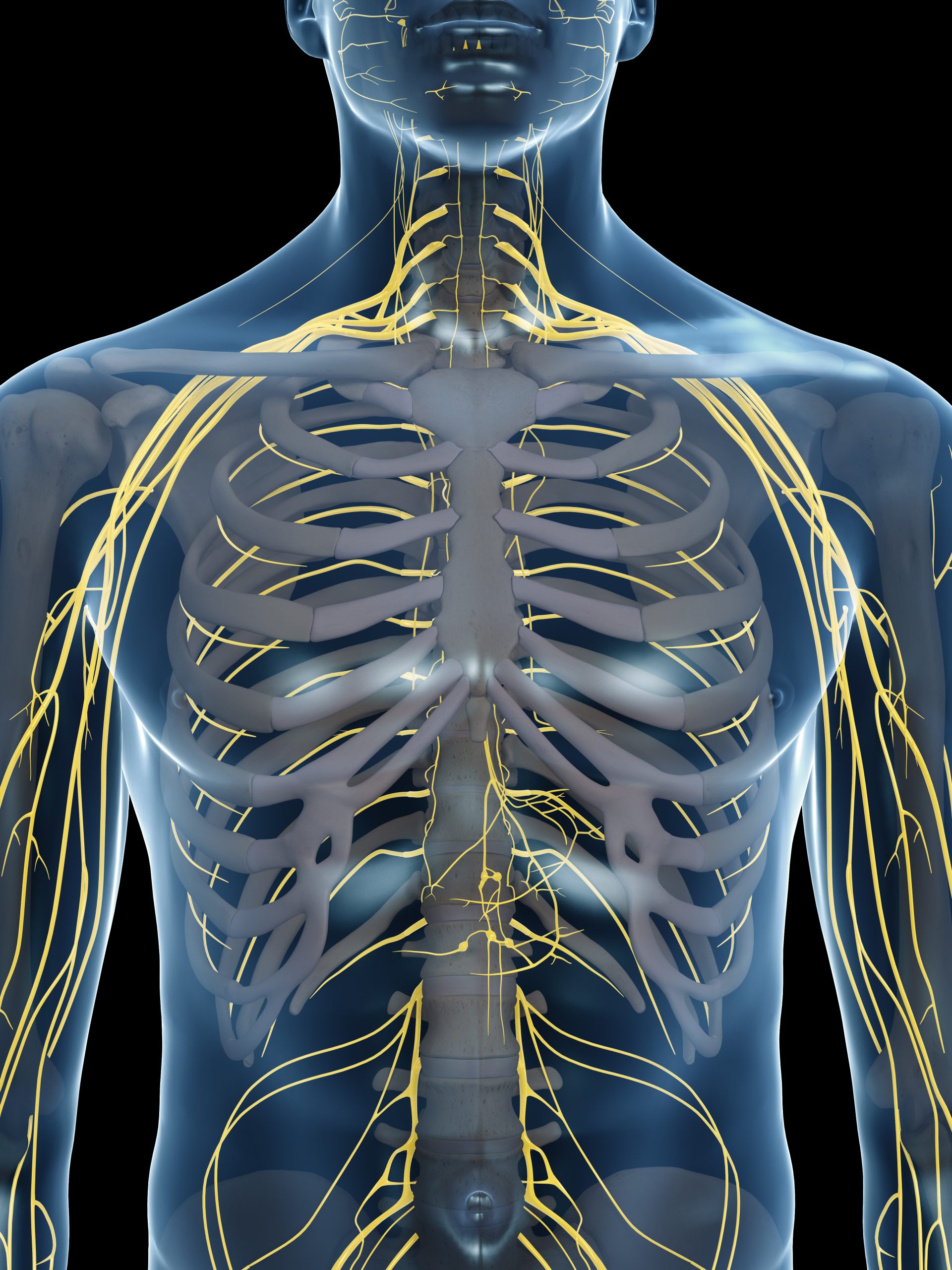3 Common Mistakes In Helping Shoulder Pain
2024-06-9
Jessica Bento, Physical Therapist (Creator DVRT Restoration Certification, DVRT Rx Shoulder, Knees, Pelvic Control, & Gait Courses)

I get DMs on social media ALL the time to help treat people with nagging aches/pains. They ALWAYS come down to the classic three body parts. Low backs, knees, and shoulders! Of course online I can’t ethically or legally treat patients, but I can share with you ideas that can lead you to solutions for your own issues or those that are plaguing your clients.
Since we have been focusing on a lot of the low back with our Low Back Pain & Pelvic Control Masterclass starting Tuesday, I thought it would be worthwhile to hit one near and dear to me, shoulders. You see, I was actually on the path of being an Olympic swimmer, but I so badly damaged both my shoulders in training that this dream died pretty fast. However, the lessons I would learn would allow me to help so many other people whose shoulder pain can greatly impact their quality of life.
When it comes to shoulder pain (assuming always you have been evaluated by the appropriate health professional) there are 3 keys that are important to start with that often get really overlooked.
Your Neck Could Be Playing A Part!
Due to the bundle of nerves that pass through the neck down to the arms (known as the brachial plexus) and the amount of muscles that are attached to the neck and our upper body, it makes sense that a lot of neck issues can also cause all sorts of issues with shoulder mobility, strength, and even pain.

This leads to people spending a HUGE amount of time both trying to stretch by pulling on their neck and doing tons of soft-tissue work (like using lacrosse balls on the traps). While none of these are probably going to hurt you, they typically don’t address key issues. For one, we know improper breathing mechanics from chronic stress, not moving enough, and and more can cause necks to get tight. So, we want to employ breath work WITH our movements all the time.
I often see people go way too hard both on soft-tissue work and stretching of the neck that ends up just making the nervous system turn the brakes on more and causes more issues both with shoulder pain and potentially creating greater tightness of the neck. So, what can we do? Check out some of these solutions below…
View this post on Instagram
Trying To Isolate The Shoulders
We still get more influenced by bodybuilding than people imagine. When people often have shoulder pain they think it is due to not enough strength in the shoulders. That is because when shoulder strength is usually taken when people have shoulder pain the shoulders can’t produce their typical strength. However, that doesn’t mean they are weak!
Pain often causes the nervous system to try to protect the area that is having these sensations and will often result in decreasing mobility and strength. If it didn’t, then the individual would continue to use the area and potentially create more damage. In fact, if you have shoulder pain, one of the WORST things you can do is try to isolate the shoulders. That would cause more stress to be absorbed by a painful area rather than using the natural chains of the body that work with the shoulders dispersing the load like you see below…
View this post on Instagram
Your Lack Of Mobility Is NOT Just About The Joint
Unless you go through imaging or have a highly trained health professional examine the health of your shoulder joint. Any lack of shoulder mobility you are experiencing isn’t just a byproduct of the joint itself. Not only do we have lots of muscle, but also tendons, ligaments, nerves, and connective tissue (often known as fascia) that can all impact our mobility.
We also have that complicated nervous system that due to movement issues in other areas of the body (that we will explore in upcoming posts) can put those brakes on again which will reduce the ability of the shoulders to move most efficiently. That is why good shoulder mobility work should focus on moving through pain-free or low discomfort ranges of motion, using appropriate feedback to give stability to the body, and use the entire body to create movement like you see below.
In upcoming posts I’ll dive deeper into these concepts and more, but hopefully now you will start looking at shoulder pain issues a bit differently. Understanding what are the actually causes of root problems can really help create better solutions. We want people to feel and perform their best, that is why we have a special combo of shoulder corrective exercise education and training for 40% off with code “combo” HERE
View this post on Instagram
© 2025 Ultimate Sandbag Training. Site by Jennifer Web Design.







